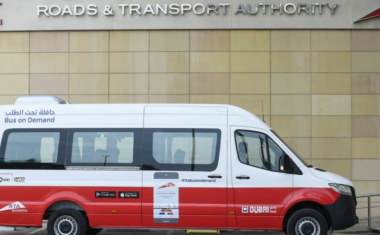Rua XV de Novembro
- 5 min to read

About the city. Curitiba has become a standard in sustainable urban planning. The city is named the “green capital”, the “greenest city on Earth”, and the “most innovative city in the world”.
Goal
Initially, the street was quite busy because drivers periodically stopped to buy something at local stores. But at night, when everything is closed, the street seemed to “die”, since the street was intended only for transport, and not for pedestrians. That is why the key goal was to change the main street into a pedestrian one, to make it more accessible.
Implementation period. Construction works began and ended in 1972.
Fact
This pedestrian mall is famous for every kind of artistic performance, such as mimes and clowns who interact with those who pass by, musicians, magicians and other miscellaneous performers.
Solutions
In 1972 Jaime Lerner, at that time the mayor of the city proposed transforming the Rua Quinze de Novembro from an automobile thoroughfare into a pedestrian mall. The project was developed by Lerner`s team in 72 hours. The construction work had to start as early as possible because the team faced strong criticism from the public.
Nowadays the best-known side of XV de Novembro is its tourist space, called the Rua das Flores boardwalk. It contains some of the most important buildings in the city, such as the Avenida Palace, the historic building of UFPR, the Guaíra Theater, the Rectory of UFPR. Along the 3,300 meters in length, the road starts in the city centre and after the end of the “sidewalk”, on the corner with Rua Presidente Faria. Moreover, the street maintains its space for cars, extending to the Alto da XV neighbourhood.
Challenges
Traders in the region feared that intervention in the most important street in the centre would condemn the region to abandonment, while car owners found the city government inadmissible to close car traffic and build a linear square. The city government started paving works on a weekend, preventing the writ of mandamus from being requested by traders. The project was developed in 72 hours.
There was also a problem with the media. The press attacked the City hall, claiming that the pavement offended the “morality” of the 1964 Revolution.
The motoring club organized a protest. The idea was that on the Saturday following the completion of the work, old cars would invade the boardwalk and that drivers passing through the centre would be invited to accompany them. The city created a children’s event in the place, so the drivers just couldn’t get through.
Team
Curitiba City Hall, the municipal administration, Jaime Lerner’s team.
If you notice an error or inaccuracy in our editorials, please email [email protected] so we can look into it.






